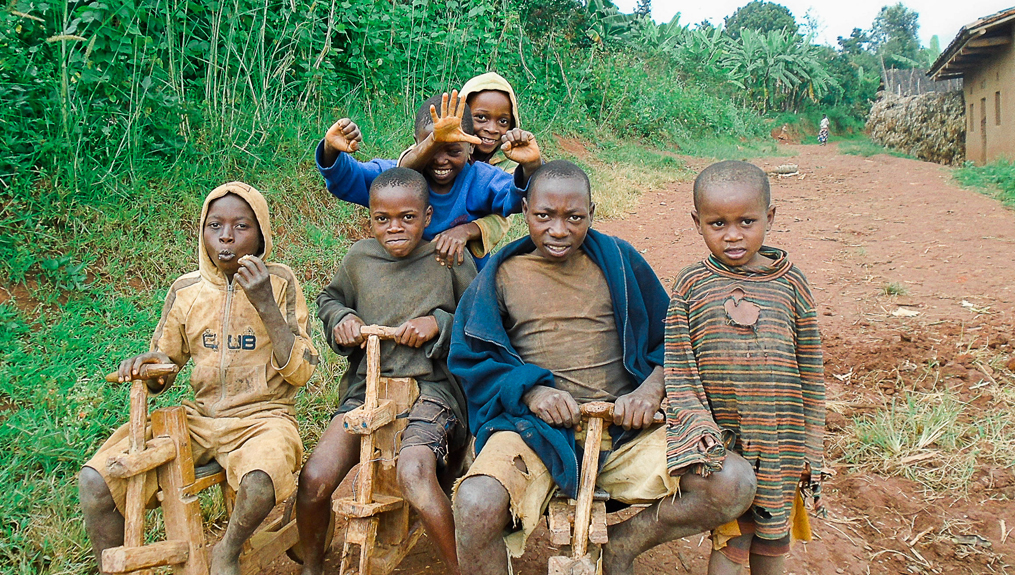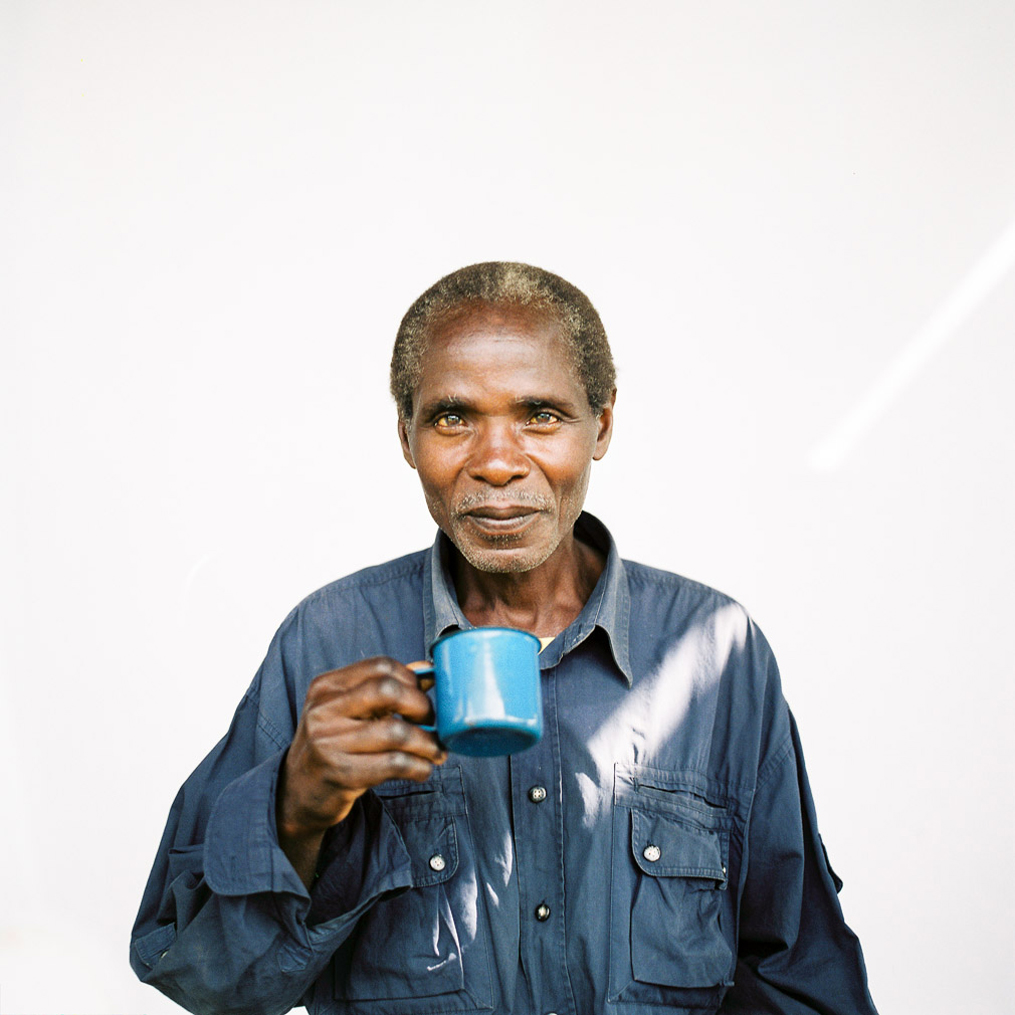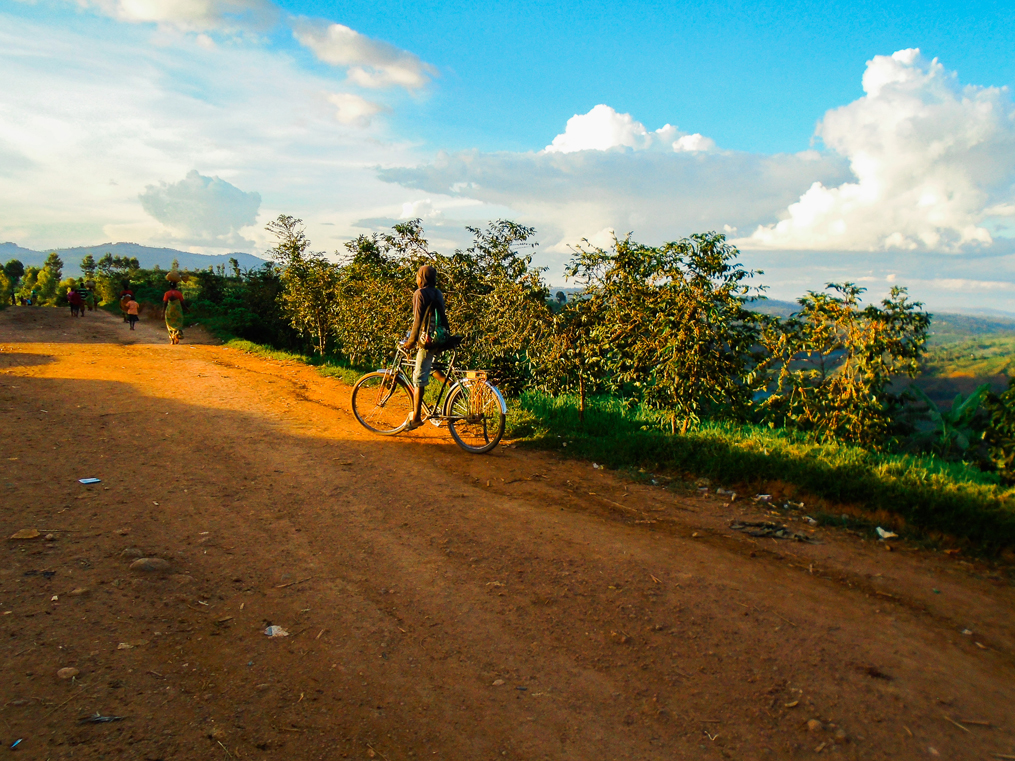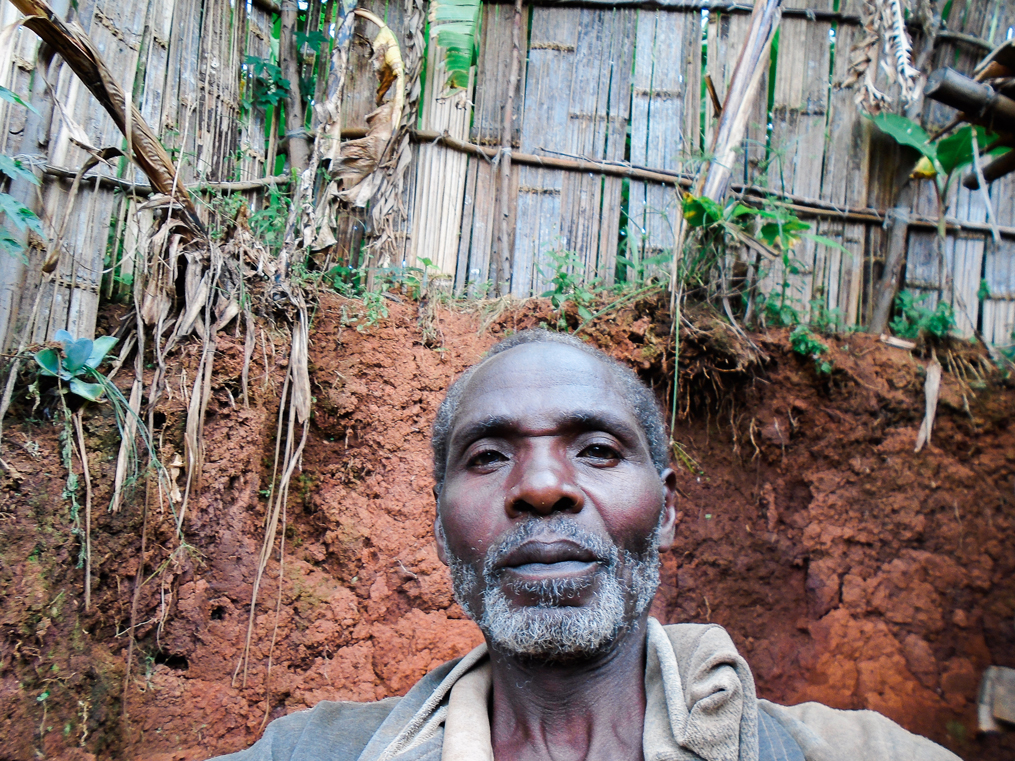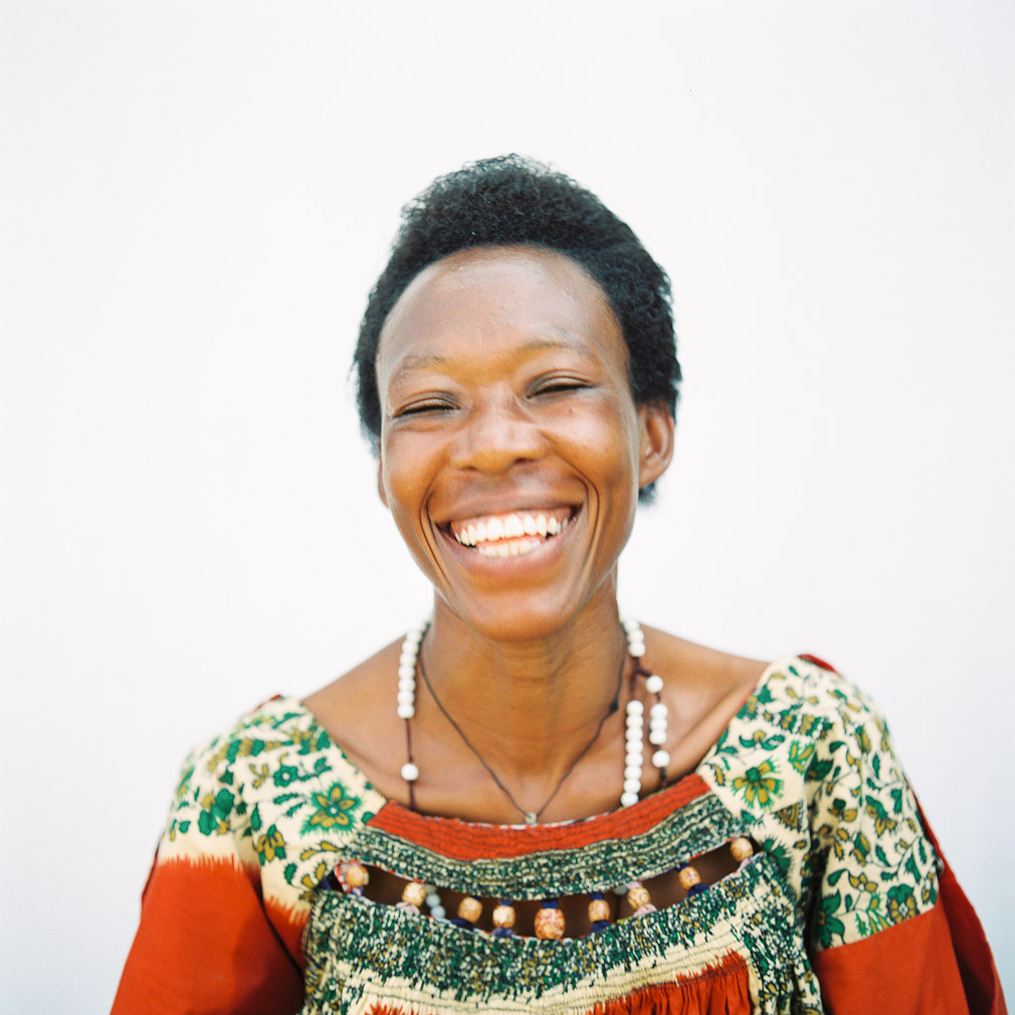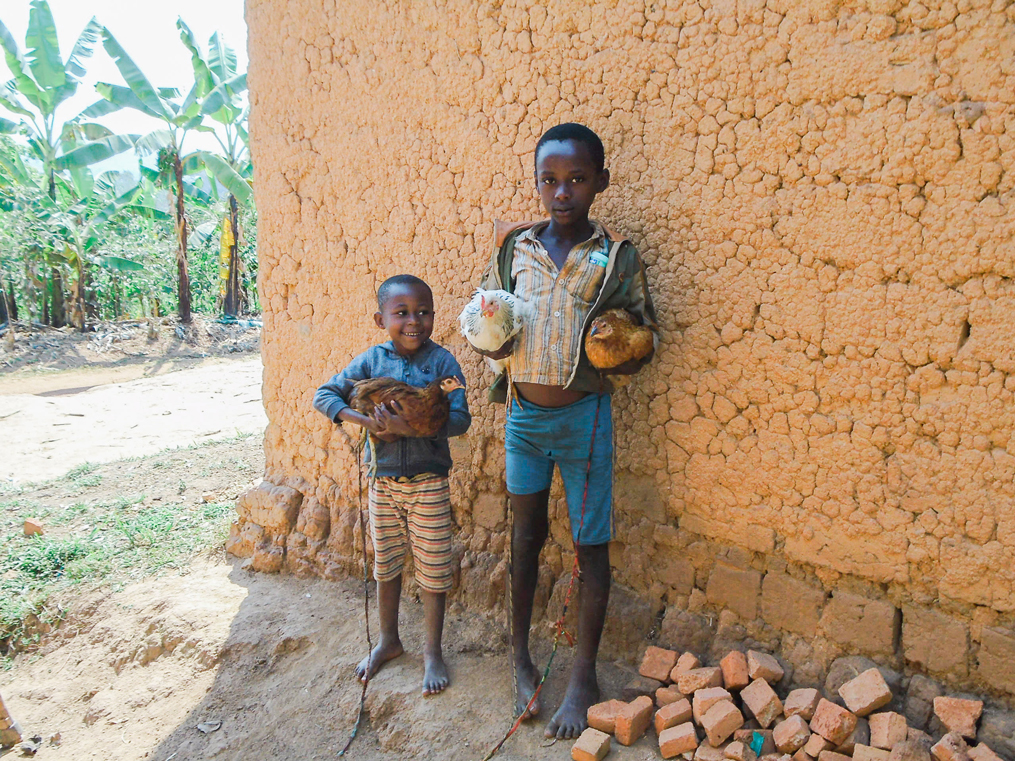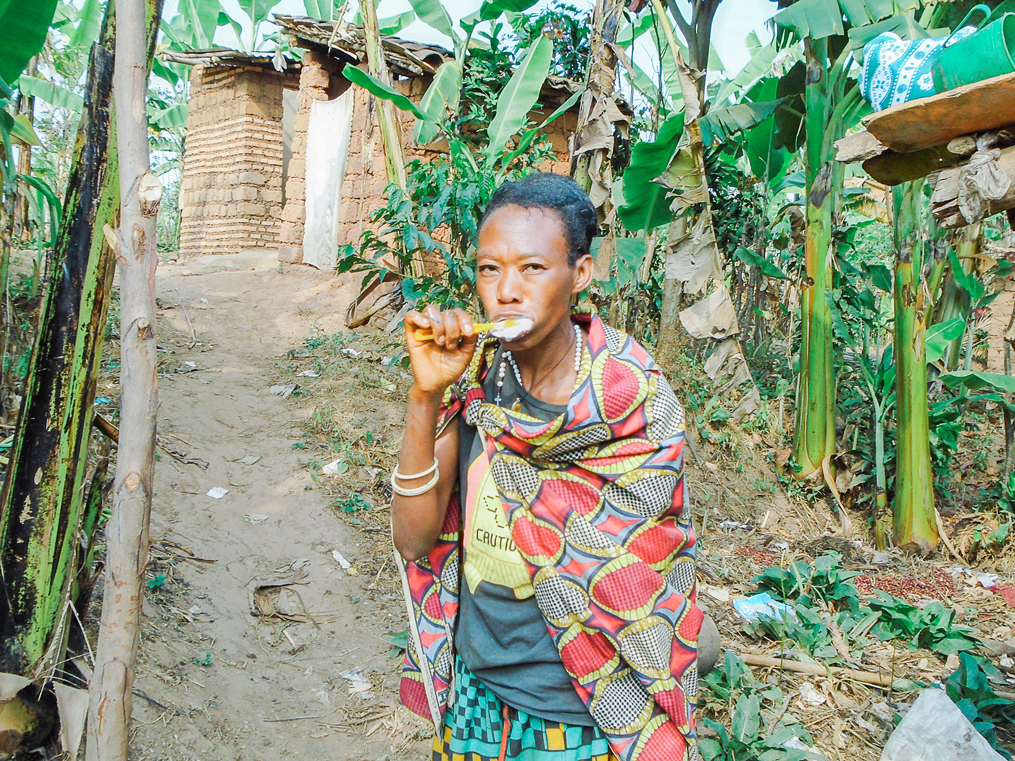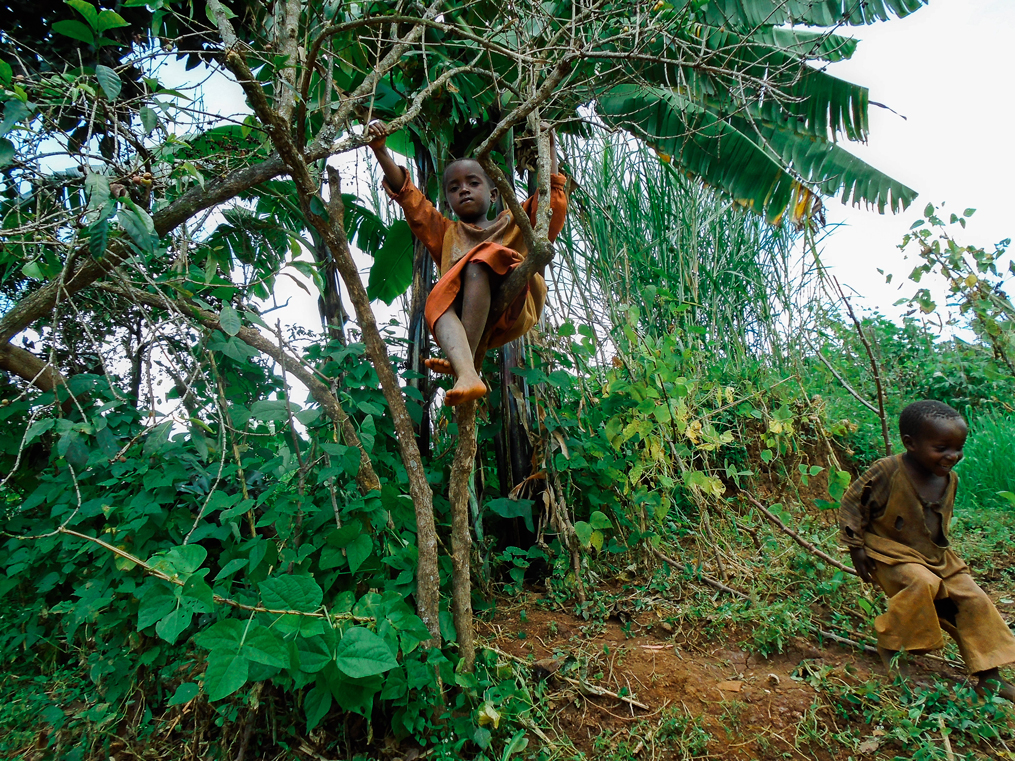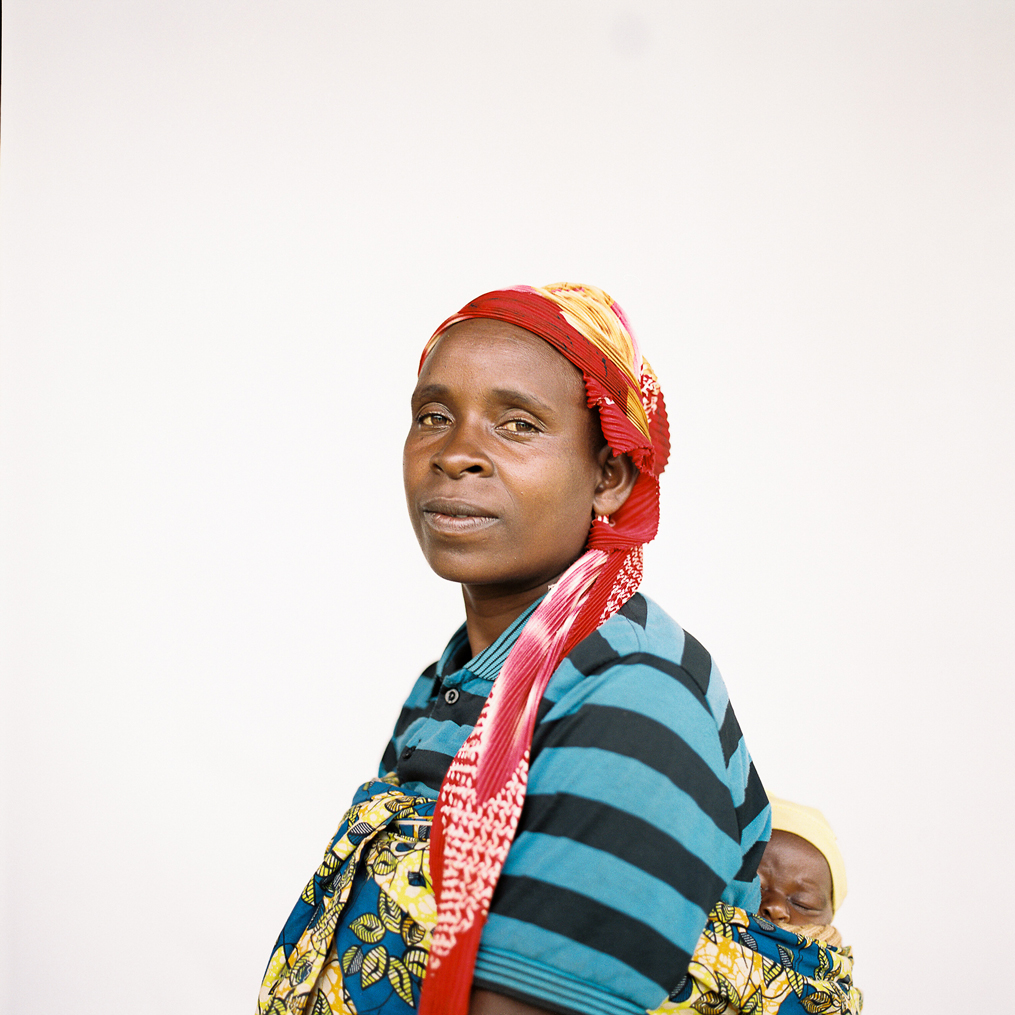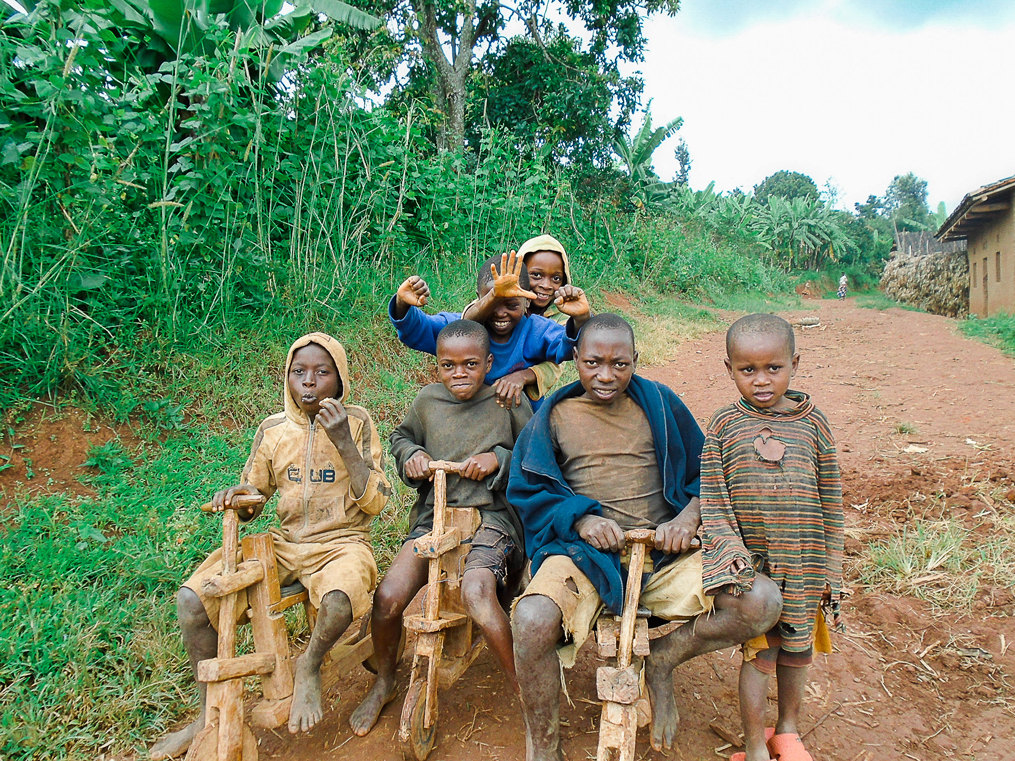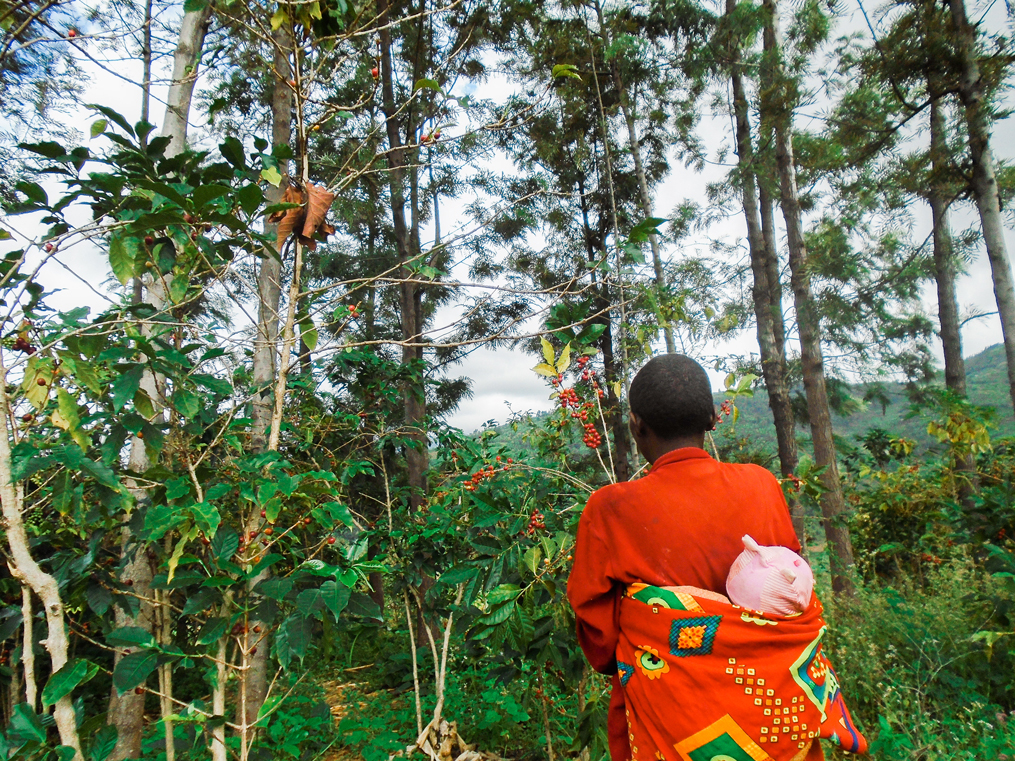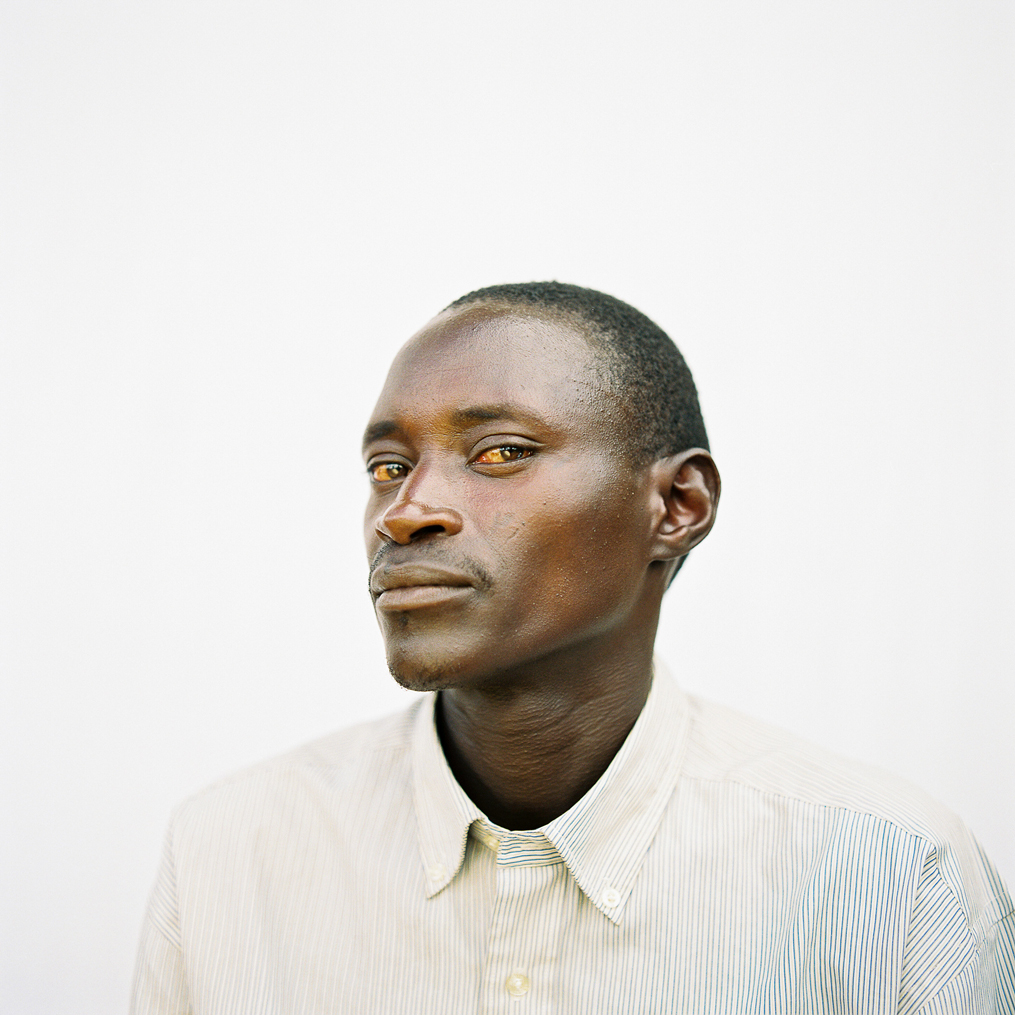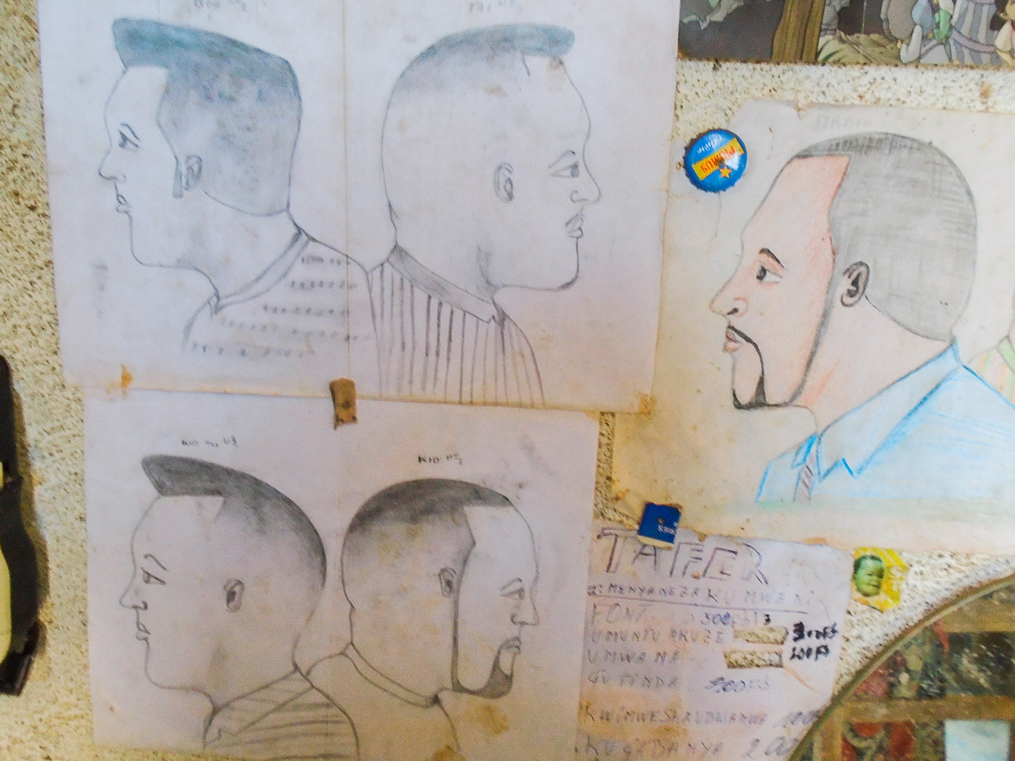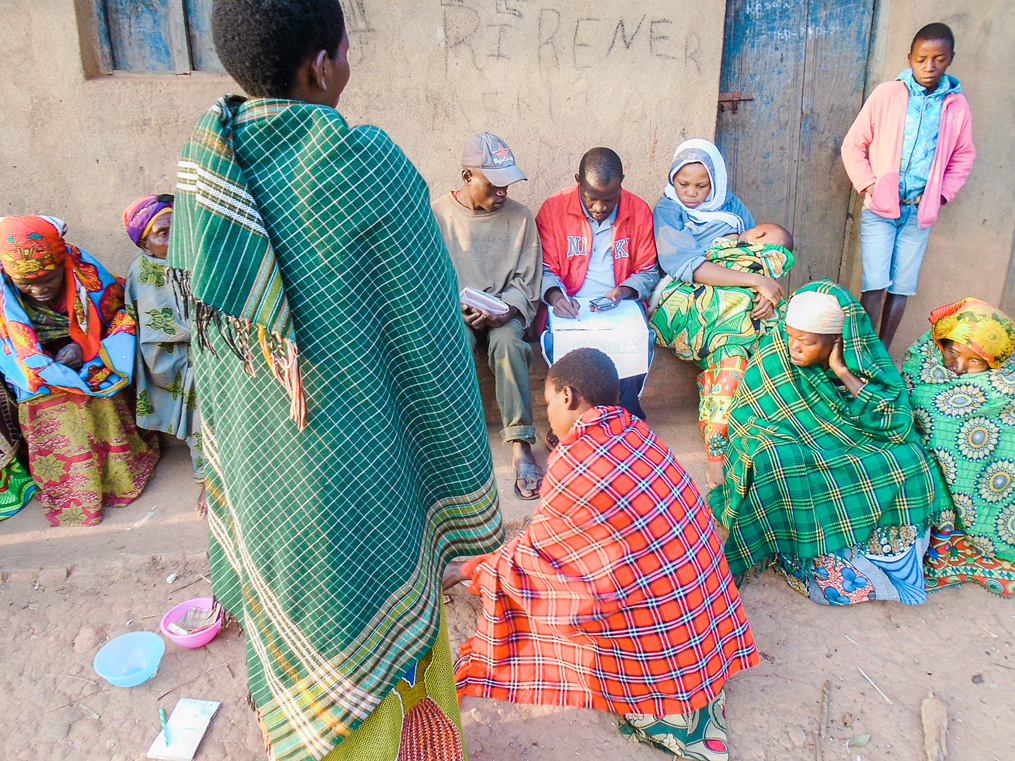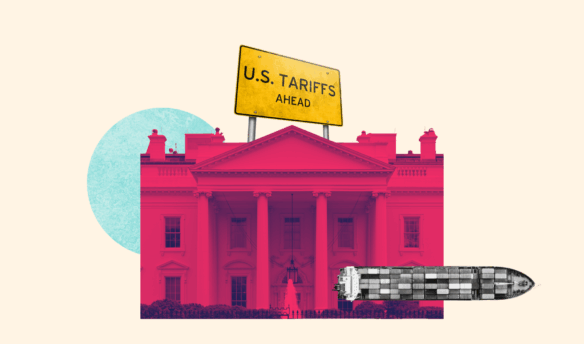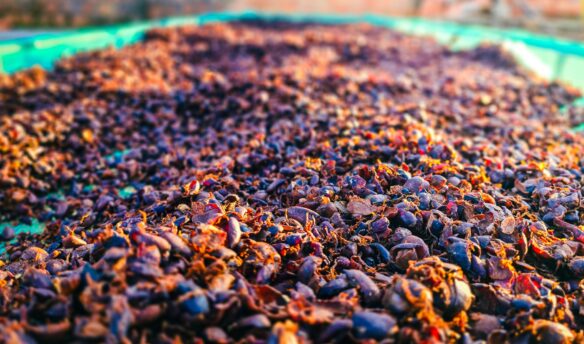Photos courtesy of Long Miles Coffee Project unless otherwise noted.
[I]n the spring of 2018, the Long Miles Coffee Project launched a small venture that would eventually come to be known as “Before + Now.” The Burundi-based coffee company, founded by Kristy and Ben Carlson, gave 40 of their farmers cameras and asked them to document daily life as coffee farmers and people. The exercise, which lasted nearly half a year, allowed Kristy Carlson, co-founder and chief storyteller, and Robyn-Leigh van Laren, Long Miles’s story manager, to gain a deeper understanding of what it’s like to grow coffee in a country like Burundi while facing issues including climate change and a civil war.
A few of the resulting photos, along with portraits of the farmers done by Carlson, have been on display at Populus Coffee in Berlin since June and will come down at the end of this month. Fresh Cup spoke with Carlson and van Laren to learn more about the project, how climate change is impacting coffee farming, and what’s next for Before + Now.
Interview has been edited and condensed for clarity.
Fresh Cup: How did this project come into existence?
Carlson: Long Miles has always been trying to find ways to connect more with farmers and their needs and figuring out how we can meet those needs to move forward as a community. Then Milda Nordbø Rosenberg, a sociologist from Norway, came on an internship and did a photo-voice project for her PhD studies, launching a very small version of this. We really liked the feedback from farmers and knowing things about their lives that we wouldn’t have otherwise known. It was really just a connecting point too, just sitting outside their homes or inside their homes and talking. We didn’t have any other platform that we were doing that on, where we were just hanging out with farmers. That original start was in 2017 with five farmers. Then we launched it again in 2018 with 40 farmers.
What are some of the things you learned from the farmers in this process?
van Laren: I think one of the biggest things that we learned was realizing how much identity the farmers placed in their coffee cherries. They still spoke about the coffee as “theirs” even at the washing station, although they had at that point sold it. A lot of people were so interested to know what happened beyond the washing station point. We also learned so much more about people’s families and daily life beyond coffee, even though it’s a big part of people’s lives. So it was simple things, like getting to learn how many kids they had or what their kids’ names were or what their hopes were for their children.
What was is like training people to use the cameras? How did they respond to it, how did they like it?
Carlson: There were some crazy moments, teaching people who had never held a camera how to use a camera! It was really fun, and for the most part it went really well.
van Laren: I remember we had meetings almost weekly when we were running the project to check in and see how everything was going. And during one meeting, someone told me that they were really upset because they thought that they had deleted all the photos. They thought that the camera worked in a way that you took the photo and then it disappeared, because they’d forgotten where to find the review button. So then they thought, ‘I’m not a part of this, I can’t show you my photos.’ And for a lot of people too, they were very basic digital cameras but they had different functions and one of them was the video function. So we’d sometimes see random little clips of just nothing because someone had accidentally touched the wheel and it had turned to video instead of photo. We couldn’t use any of the content, but it was really nice to go through that again to just explain the different functions.
What were some other challenges?
Carlson: That challenge was actually kind of interesting at Bukeye, where we started. And we decided that we would ask specific questions each week, to point farmers in a direction and it went really badly. [Laughs] So the first one was something like, ‘What are the challenges you find in farming coffee or other crops?’ (because all these farmers also farm other crops). And we ended up with so many pictures of anything green or anything dead. And the interview process with farmers was then also really static. It just didn’t flow. So we learned our lesson so when we went to do the next area, which is Heza, we just said, ‘Document your daily life. Just show us what’s important to you.’ We totally changed course and it worked much better, so then we went back and did Bukeye again and just said that same thing, not trying to lead it in a certain direction. And that was when it was at its best.
What were some of the most interesting things you learned from the farmers?
van Laren: A lot about the climate and climate change. So many people spoke about soil and soil erosion. Sometimes it was unprovoked, without us actually referring to it. A lot of people spoke about the importance of planting trees and they spoke a lot about the devastation of the soil erosion and how for quite a few farmers, themselves or neighbors…whole farms of crops just got wiped out and that season they were just concerned because they thought, ‘How will we feed our families this month or this year?’ Rain as well. People speaking about how there was just too much rain or how the rain came at the wrong time and dealing with that too. I remember someone who had said that at times it was too hot and at times it was too wet and there was just no in between and that was difficult as well.
Carlson: There’s so much in almost every farmer’s story about soil or heat or some sort of farming challenge that is new. And it is part of the reason that we called this ‘Before and Now.’ Because farmers kept saying, ‘Before it was like, and now it’s like this.’ And it was either climate or war or people-related, [for example] someone died, like a husband or a wife or mother, and now it’s like this. Or [in regard to] climate, it was like, ‘We used to see this and now we see this.’ And then the war was another before and now. So that’s where the name came from.
From what you learned from this process, has Long Miles made changes based on feedback?
Carlson: We had already started a reforestation project because we really saw the devastation of deforestation on farms, not having any tree cover, what that does to the soil and nutrients. And everything we’ve learned from farmers I was really like, ‘Yes, we need to continue planting trees and reforesting because it’s really devastating.’
van Laren: Throughout the year, our team is always on the ground in the farms working hard to improve soil health, planting trees, and intercropping within the farms. And that is going on regardless of what we heard.
Are there plans to this project again?
Carlson: The dream is to do this in many nations. We don’t need to be producing coffee in those nations since right now we only work in Burundi, but we’d just love to see it expand. Like, what are farmers talking about in Peru that they’re not talking about in Burundi?
We just really feel passionate about coffee farmers and their lives and also just the point of connection between coffee drinkers and those who grow it. So we would love to expand and do it in other nations. But at this moment, we’re in the looking-for-funding stage. We’d love to do it again in Burundi as well. It would probably be priority number one. I mean 40 farmers—we work with 5,000 farming families, so 40 farmers, is just the tip of the iceberg. And it’s just a lot of fun to do. It’s just a great way to connect with farmers and also connect that information with people who love coffee, and even if they don’t, we’re finding they connect with it, which is great.
We long to see all 40 farmers’ photos up. That’s the goal. All 40, one place, one city…That’s one dream, to launch it in cafés in one city and just get it rolling. We also have plans to add video to it. We just think it’d be really beautiful, following some of these farmers for a day. It’s really powerful to be with these farmers in their homes and spaces. We don’t take it lightly, we don’t take it for granted, we know it’s really a privilege. Not many of us would say, ‘Sure just come in.’ But they’re very willing to share their lives and who they are. It’s been a privilege for us.


